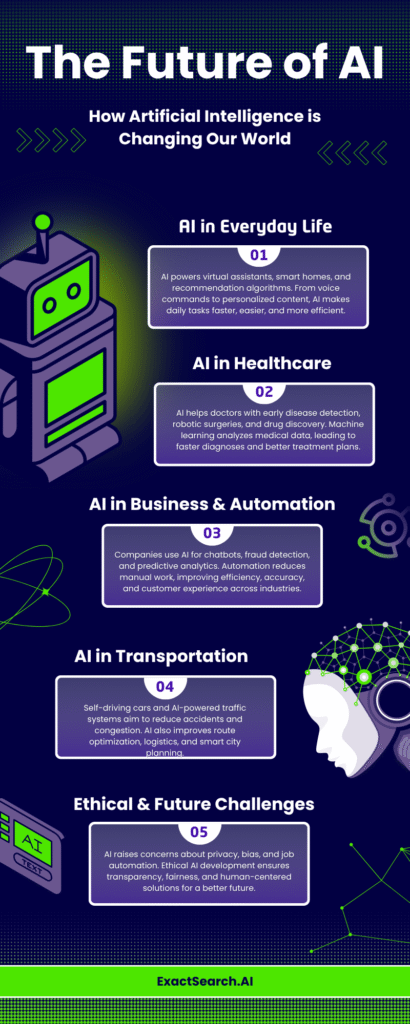I keep having the same conversation with executives. They’ll tell me about their “AI strategy”, usually some grand initiative led by their CTO or a newly hired AI consultant. Meanwhile, their day-to-day operations remain stuck in 2019, drowning in manual processes that could be automated tomorrow.
Here’s what I’ve learned from working with hundreds of leaders over the past two years: the companies winning with AI are the ones where every single leader has become what I call an “AI forward operator.”
What Does AI Literacy Actually Mean?
This isn’t about teaching your CFO to code neural networks. An AI forward operator is simply someone who thinks differently about their work. They’re constantly scanning their daily tasks, weekly routines, and quarterly processes with one question in mind: “What part of this could AI help with?”
The difference between AI literate leaders and everyone else isn’t technical expertise, it’s curiosity combined with a willingness to experiment. They don’t need to understand how to build large language models any more than they need to understand combustion engines to drive a car. They just need to know what’s possible and be willing to try things.
Why Most Leaders Are Still Sitting on the Sidelines Waiting for the CTO
I see three main reasons why executives haven’t embraced AI tools yet:
They’re waiting for permission. In most organizations, AI has been positioned as this big, scary, compliance-heavy thing that requires committees and governance frameworks. So policies are often written to prohibit the use of AI.
They think it’s too complicated. The media coverage of AI makes it sound like you need a PhD in computer science to get value from it. In reality, most of the breakthrough applications I’m seeing are embarrassingly simple, think “copy and paste this data and ask it to find patterns.”
They’re afraid of looking stupid. Senior executives hate being beginners at anything. They’d rather delegate AI exploration to someone junior than risk asking a dumb question about prompt engineering.
All three of these barriers are completely artificial. The leaders who are getting ahead right now are the ones who just started playing around.

Real Examples from the Trenches
Let me tell you about some executives I’ve worked with who get this right:
Sarah, CHRO at a 500-person SaaS company: She was spending hours every week writing policy updates and internal communications. Now she drafts everything in ChatGPT first, then edits for tone and company-specific details. She’s also using AI to analyze exit interview transcripts, it spotted three retention issues her team had missed completely. The whole process took her maybe two hours to figure out, but it’s saving her 5-6 hours every week.
Mike, CFO at a manufacturing company: He was getting frustrated with how long it took his team to spot anomalies in monthly P&Ls. Started feeding the numbers into Claude and asking it to flag anything unusual. Last month, it caught a supplier billing error that would have cost them $50K. He’s also using it to write first drafts of board presentation summaries, something that used to take him an entire afternoon.
Jessica, VP of Sales at a tech startup: She had boxes of win/loss interview transcripts that no one ever looked at. Fed them all into GPT-4 and asked it to identify common objection patterns. Discovered that prospects were consistently confused about their pricing model in a way that wasn’t showing up in their CRM data. They adjusted their sales deck and saw a 20% improvement in close rates within six weeks.
David, COO at a consulting firm: He was drowning in operational busywork, scheduling, follow-ups, data entry. He set up some basic Zapier workflows that use GPT to automatically categorize incoming requests, draft response emails, and update project tracking spreadsheets. He says it’s like having a really smart intern who never sleeps.
None of these people are technical. They just saw opportunities and started experimenting.
The Compound Effect of AI-Literate Leadership
Here’s what’s interesting, when leaders start using AI themselves, it changes how they think about their entire organization. They start seeing automation opportunities everywhere. They ask better questions in meetings. They push their teams to think more creatively about process improvement.
I worked with one CEO who started using AI to help prepare for board meetings. Within three months, he had his entire leadership team experimenting with different tools. Six months later, they’d automated or semi-automated about 30% of their routine operational tasks. They didn’t hire consultants or build custom software, they just got curious and started trying things.
The ripple effect is enormous. When your CFO is comfortable with AI, they’re more likely to approve AI tools for other departments. When your CHRO understands what’s possible, they can better evaluate which roles might be transformed by AI versus which ones might be redundant.

Making It Practical
If you’re a leader reading this, here’s how to start:
Pick one routine task you do every week that involves processing information or creating content. Maybe it’s writing status updates, analyzing reports, or preparing for meetings. Spend an hour this week figuring out how AI could help with that specific task. Don’t worry about company policy or IT approval, just experiment with redacted information on your personal laptop.
If you’re a CEO or department head, have this conversation with your leadership team: “What’s one thing you do regularly that feels like busy work?” Then challenge them to spend two hours over the next month seeing if AI can help.
The goal isn’t to become an AI expert overnight. It’s to develop what I call “AI intuition”, the ability to recognize when a problem might have an AI solution.
Why This Matters More Than Your AI Strategy
Some companies I talk to have some version of an AI strategy document and no implementation, some don’t have one at all. Meanwhile their competitors are quietly using AI to work faster, make better decisions, and serve customers more effectively.
The companies that will win aren’t the ones with the most sophisticated AI strategy concentrated on their tech. They’re the ones where AI literacy is distributed throughout the leadership team, where every functional leader is constantly looking for ways to leverage these tools in their domain.
Your CTO should absolutely be thinking about AI infrastructure and governance. But your CHRO should be just as fluent in using AI for talent analytics. Your CFO should be just as comfortable using AI for financial modeling. Your VP of Sales should be just as skilled at using AI for customer insights.
Because here’s the reality: AI is going to replace leaders who ignore it and accelerate leaders who embrace it. And the gap between those two groups is going to get wider every month.
So stop waiting for someone else to figure out your AI strategy. Start figuring out how you usher your team to be more AI literate, or how you can hire more AI forward leaders. The rest will follow.






